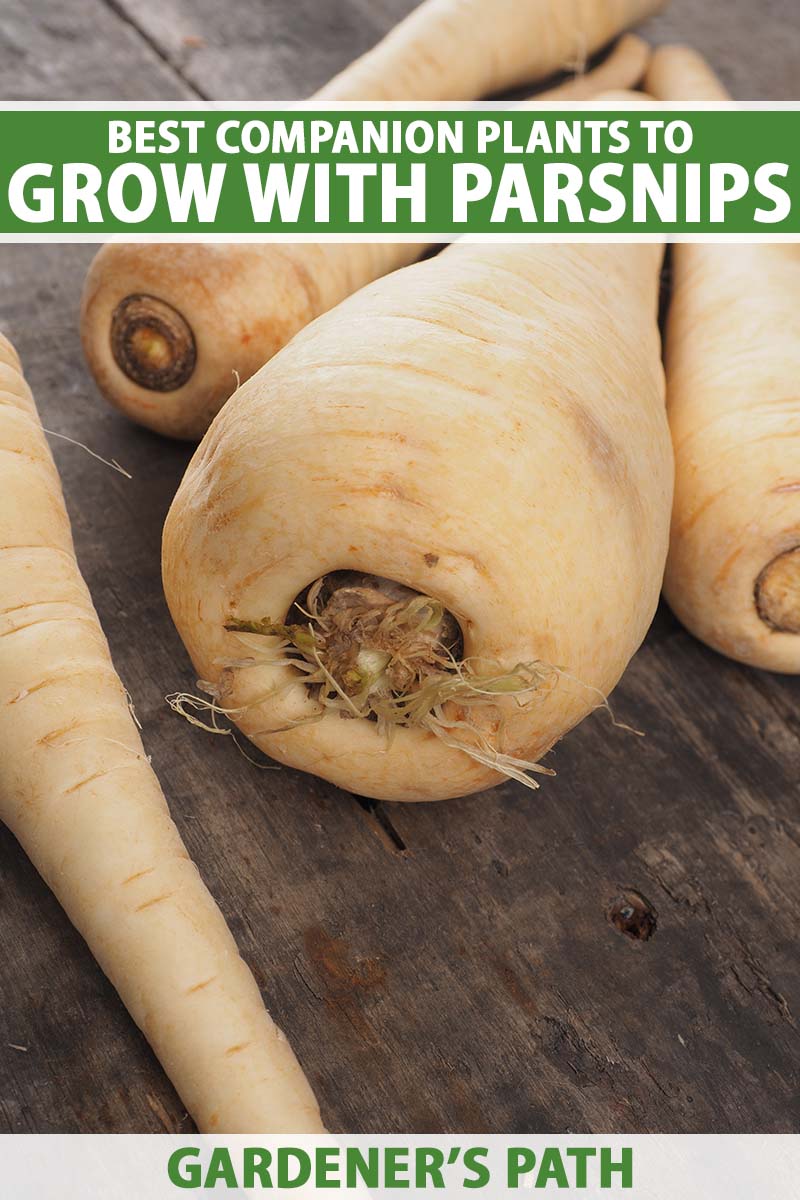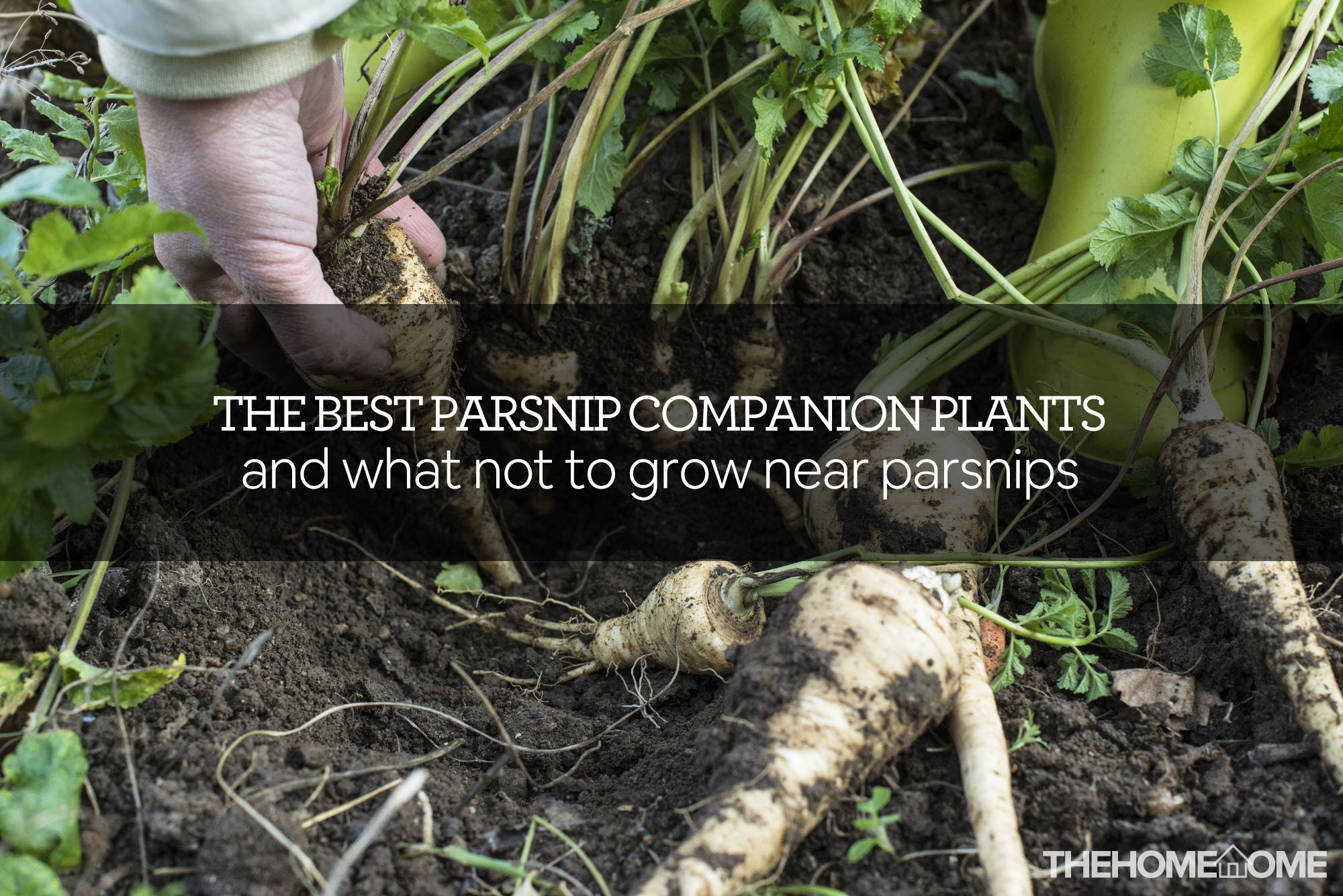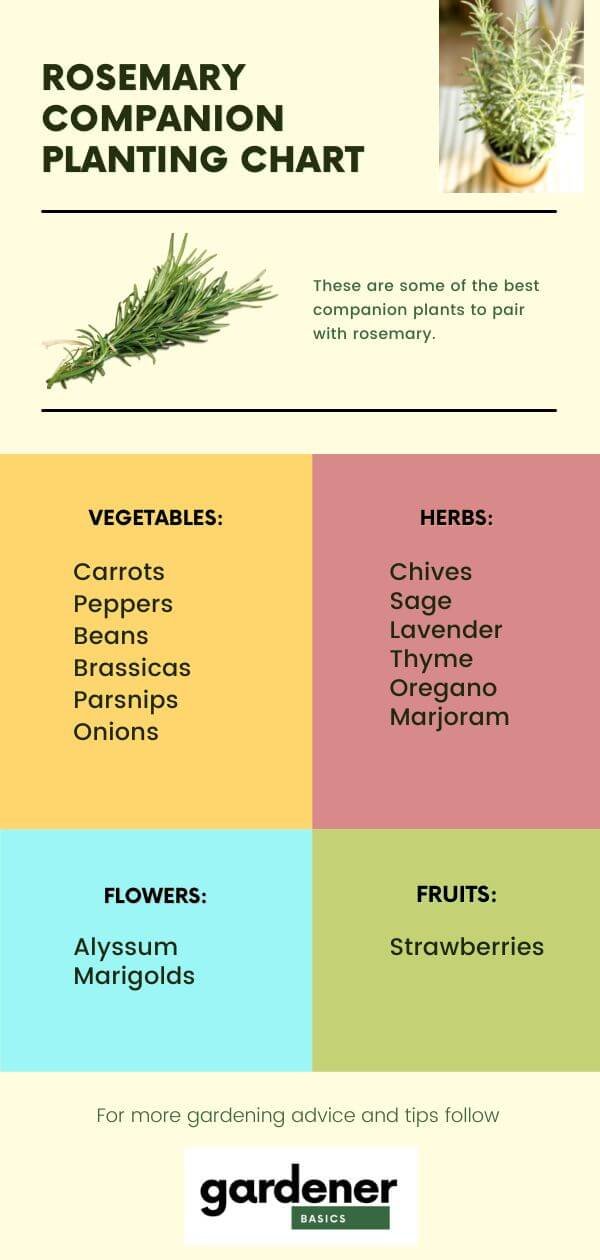The Ultimate Guide To Companion Planting Parsnips
The Ultimate Guide to Companion Planting Parsnips
Parsnips are a delicious and versatile root vegetable that can be enjoyed in a variety of dishes. They are also relatively easy to grow, but there are a few things you can do to improve your chances of success. One of the most important things is to choose the right companion plants.
Companion planting is the practice of planting certain types of plants together to benefit each other. Some plants can help to repel pests, attract beneficial insects, or improve the overall health of the soil.
In this guide, we will discuss the best companion plants for parsnips. We will also provide some tips on how to plant and care for parsnips, so that you can enjoy a bountiful harvest.
Why Companion Plant Parsnips?
There are several reasons why you should companion plant parsnips. First, it can help to improve the overall health of your plants. Companion plants can help to attract beneficial insects, which can help to control pests. They can also help to improve the drainage and aeration of the soil, which can help to prevent root rot.
Second, companion planting can help to repel pests. Some plants, such as onions and garlic, have strong aromas that can deter pests. Others, such as nasturtiums, can attract pests away from your parsnips.
Third, companion planting can help to improve the flavor of your parsnips. Some plants, such as carrots, can improve the sweetness of parsnips. Others, such as chives, can add a subtle flavor that complements the taste of parsnips.
What Are the Best Companion Plants for Parsnips?
There are many different plants that can be companion plants for parsnips. Some of the best include:
- Onions and garlic: These plants have strong aromas that can deter pests, such as carrot root fly.
- Radishes: Radishes are a fast-growing crop that can be planted between parsnips. They will be harvested long before the parsnips need the space, so they won't compete for resources.
- Legumes: Legumes, such as peas and beans, fix nitrogen in the soil, which can help to improve the health of your parsnips.
- Lettuce: Lettuce is a good companion plant for parsnips because it doesn't compete for resources. It also helps to suppress weeds.
- Herbs: Many herbs, such as chives, rosemary, and sage, can be companion plants for parsnips. They can help to improve the flavor of your parsnips and deter pests.
How to Plant and Care for Parsnips
Parsnips are relatively easy to plant and care for. They prefer full sun and well-drained soil. Sow the seeds directly in the ground in early spring, about 1/2 inch deep. Keep the soil moist but not soggy.
Parsnips will take about 3 months to mature. Once they are mature, you can harvest them by gently pulling them out of the ground.
Here are some additional tips for planting and caring for parsnips:
- Choose a location that receives full sun.
- Prepare the soil by adding compost or manure.
- Sow the seeds directly in the ground about 1/2 inch deep.
- Keep the soil moist but not soggy.
- Fertilize the plants every few weeks with a balanced fertilizer.
- Protect the plants from pests and diseases.
- Harvest the parsnips when they are mature.
Conclusion
Companion planting is a great way to improve the health and productivity of your parsnips. By planting the right companion plants, you can attract beneficial insects, deter pests, and improve the overall health of the soil.
With a little care and attention, you can enjoy a bountiful harvest of delicious parsnips.
Parsnips are a delicious and nutritious root vegetable that can be grown in many different climates. But did you know that companion planting can help you get the most out of your parsnip crop?
Companion planting is the practice of planting certain types of plants together to benefit each other. There are many different companion plants that can be beneficial for parsnips, including:
- Onions: Onions help to repel pests that can damage parsnips, such as carrot root fly.
- Garlic: Garlic also helps to repel pests, and it also has a strong aroma that can help to improve the flavor of parsnips.
- Radishes: Radishes are a fast-growing crop that can help to mark the spot where you planted your parsnips. This is helpful because parsnips can take a long time to germinate, so it can be easy to forget where you planted them.
- Lettuce: Lettuce helps to suppress weeds, which can help to keep your parsnips healthy.
If you're interested in learning more about companion planting parsnips, I recommend visiting Garden Wiki. This website has a wealth of information on the topic, including a list of the best companion plants for parsnips, as well as tips on how to plant and care for them.
FAQ of companion planting parsnips
Q: What are the best companion plants for parsnips?
A: Some of the best companion plants for parsnips include:
- Radish: Radishes are a great companion plant for parsnips because they mature quickly and help to mark the location of the parsnips. This is helpful because parsnips have a slow germination rate and it can be easy to forget where they were planted.
- Onions: Onions help to repel pests such as aphids, ants, and flea beetles, which can be a problem for parsnips.
- Garlic: Garlic also helps to repel pests and can improve the flavor of parsnips.
- Peas: Peas are a nitrogen-fixing plant, which means that they can help to improve the soil quality for parsnips.
- Bush beans: Bush beans are another nitrogen-fixing plant that can benefit parsnips.
Q: What plants should not be planted near parsnips?
A: Some plants that should not be planted near parsnips include:
- Carrots: Carrots and parsnips are both susceptible to the same pests and diseases, so planting them near each other can increase the risk of infestation.
- Fennel: Fennel can produce a chemical that can stunt the growth of parsnips.
- Celery: Celery can also produce a chemical that can stunt the growth of parsnips.
Q: What are the benefits of companion planting parsnips?
A: There are several benefits to companion planting parsnips, including:
- Improved pest control: Companion plants can help to repel pests that can damage parsnips.
- Improved soil quality: Some companion plants, such as peas and bush beans, are nitrogen-fixing plants, which means that they can help to improve the soil quality for parsnips.
- Increased yields: Companion planting can help to increase the yields of parsnips.
- Disease prevention: Some companion plants can help to prevent diseases that can affect parsnips.
Q: How do I plant companion plants with parsnips?
A: When planting companion plants with parsnips, it is important to consider the spacing requirements of each plant. Radishes, for example, need more space than onions. It is also important to consider the depth at which each plant should be planted. Parsnips should be planted deeper than radishes.
Q: Where can I find more information about companion planting parsnips?
A: There are many resources available online and in libraries that can provide more information about companion planting parsnips. Some of these resources include:
- The Vegetable Garden Seed Company: This website has a comprehensive guide to companion planting, including information on parsnips.
- The University of Minnesota Extension: This website has a fact sheet on companion planting that includes information on parsnips.
- The Royal Horticultural Society: This website has a blog post on companion planting that includes information on parsnips.
Image of companion planting parsnips
5 different images of "companion planting parsnips" from Pinterest:
Radishes are a great companion plant for parsnips because they mature quickly and help to mark the location of the parsnip seedlings. Radishes also help to deter pests, such as carrot root fly.
Onions and garlic are also good companion plants for parsnips. They help to repel aphids, ants, and flea beetles.
Beans are nitrogen-fixing plants, which means they can help to improve the soil quality for parsnips. They also help to shade the soil, which can help to prevent weeds from growing.
Lettuce is a good companion plant for parsnips because it doesn't compete for nutrients or water. Lettuce also helps to attract beneficial insects, such as ladybugs, which can help to control pests.
Rosemary is a good companion plant for parsnips because it helps to deter pests, such as carrot root fly. Rosemary also helps to improve the flavor of parsnips.




Post a Comment for "The Ultimate Guide To Companion Planting Parsnips"